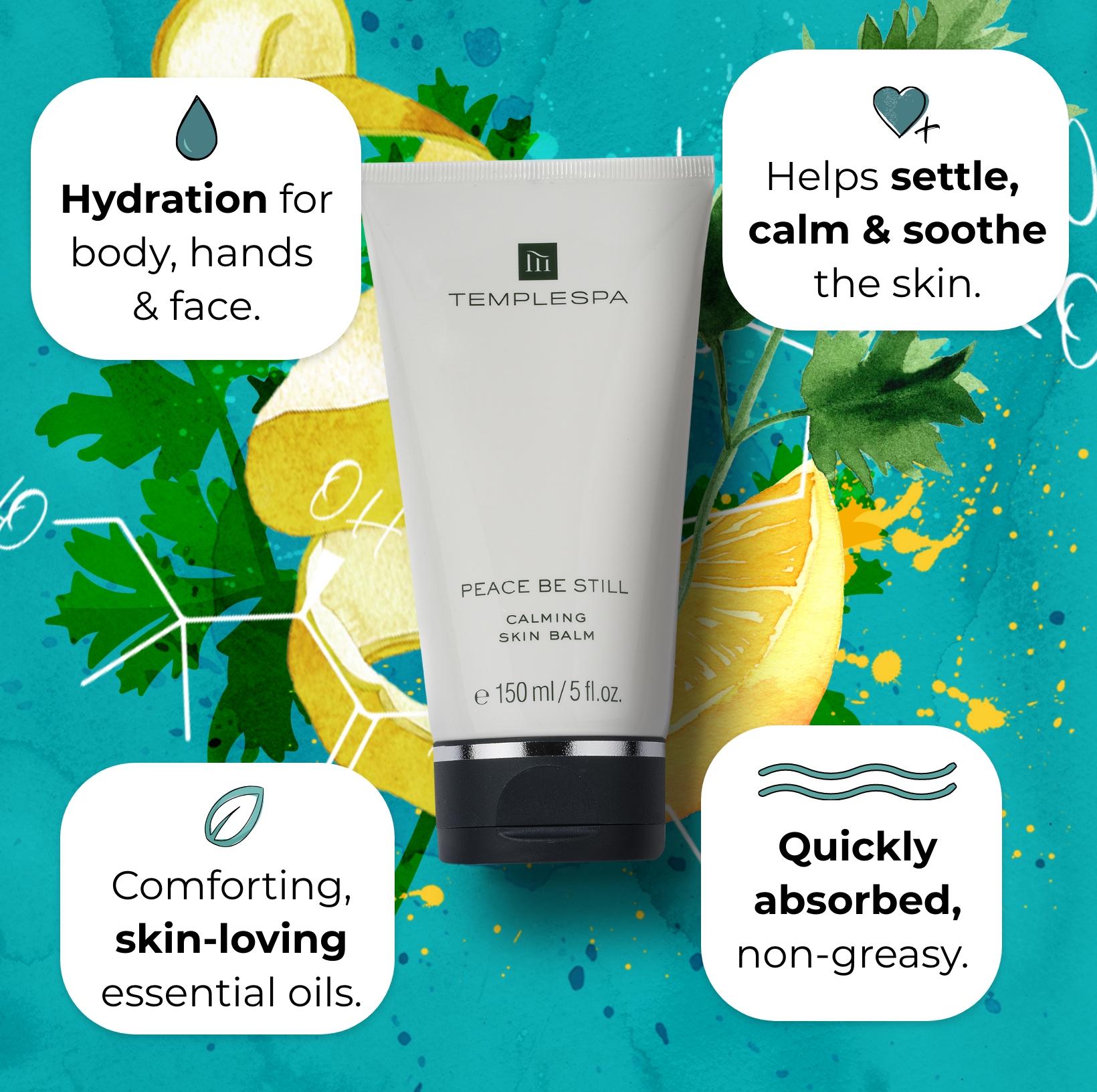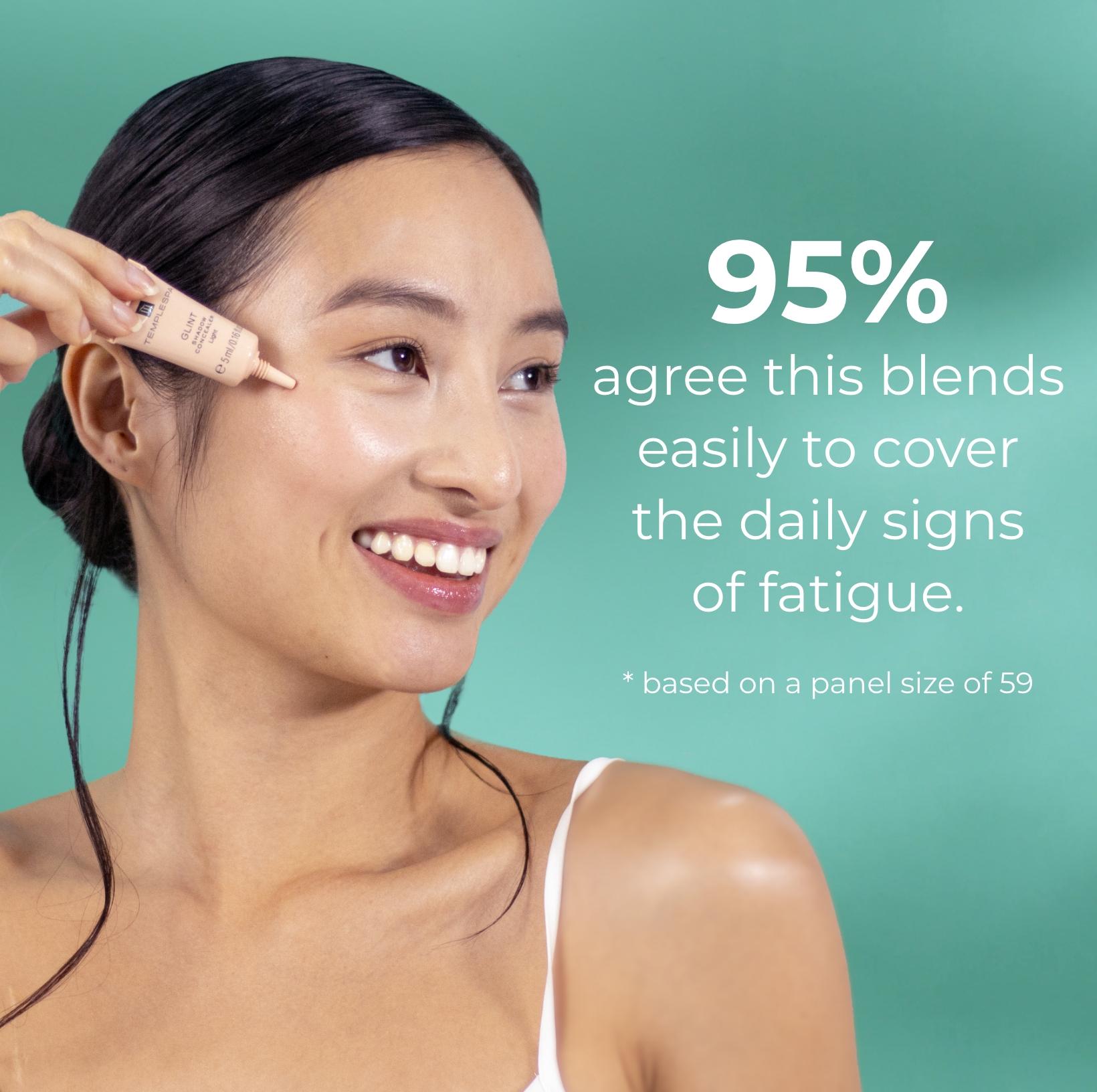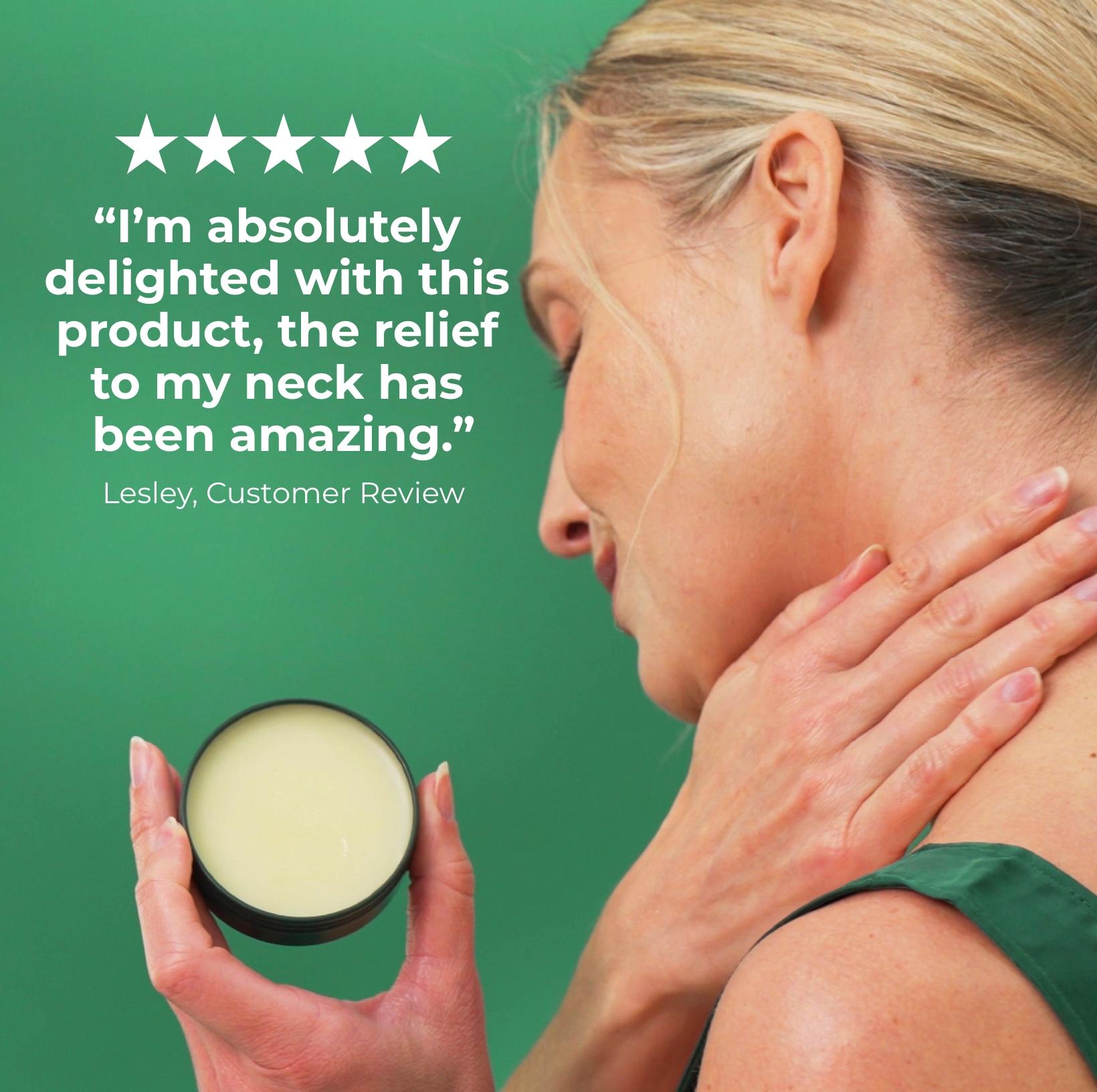Sun cream is a vital element in protecting your skin from harmful UV rays, but how long does sun cream last? In this article, we’ll explore the lifespan of sun cream and share tips to ensure its optimal effectiveness. As we enter the winter months and our summer holidays are a distant memory, you might be thinking you’ll be able to keep your sun cream for next year or stop applying your facial SPF completely now it’s no longer sunny. So let’s get into why those are both SPF myths and which facts you need to know about.
Understanding Sun Cream Longevity
The longevity of sun cream is crucial for maintaining proper protection. Factors such as formulation, storage conditions, and manufacture date all influence how long sun cream lasts. To determine the exact expiration date of an opened SPF product, check the packaging for a PAO (period after opening) symbol of an open jar with a number followed by 'M,' indicating the number of months the sun cream remains effective after opening.
For example, if you opened a facial SPF in June and the Period After Opening date on the back of the tube shows a ‘12M’, then this SPF will be fine for 12 months after. However if you’re following the correct daily application of your SPF, you’ll likely have run out of it before the 12 months are up anyway!
Storing your sun cream correctly can significantly impact its effectiveness. Keep it in a cool, dry place away from direct sunlight and extreme temperatures. Exposure to heat and sunlight can degrade the ingredients, reducing efficacy. Avoid leaving sun cream in a hot car or near heat sources, a bathroom is also not an ideal place to keep yours as it can become humid quickly in there.
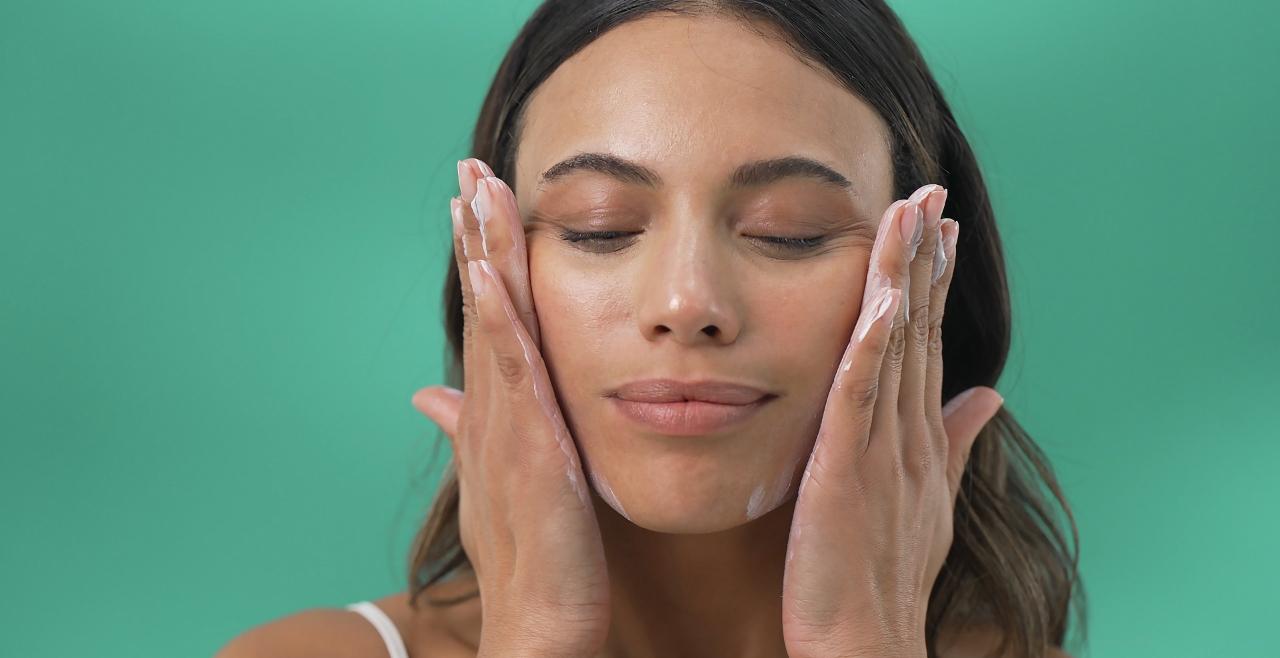

How to Identify Expired Sun Cream
Ensuring your sun cream is not expired is crucial for effective sun protection. Here are signs of expired sun cream, and if you’re familiar with any, perhaps it’s time to replace your SPF.
- Changes in texture: Expired sun cream may become thicker, thinner, watery or clumpy in texture, so keep an eye out for this!
- Unpleasant smell: An unusual or smelly odour indicates it’s time to discard the sun cream.
- Ineffective protection: Expired sun cream may not shield your skin adequately, increasing the risk of sunburn, premature ageing, and skin cancer.
Using expired sun cream poses several risks:
- Reduced sun protection: The SPF level may drop, offering less protection.
- Skin irritation: Degraded ingredients can cause skin irritation or allergic reactions.
- Increased sunburn risk: Without proper protection, expired sun cream increases the likelihood of sunburn, leading to redness, peeling, and long-term skin damage.
Always check the expiration date and replace expired sun cream to ensure effective sun protection.
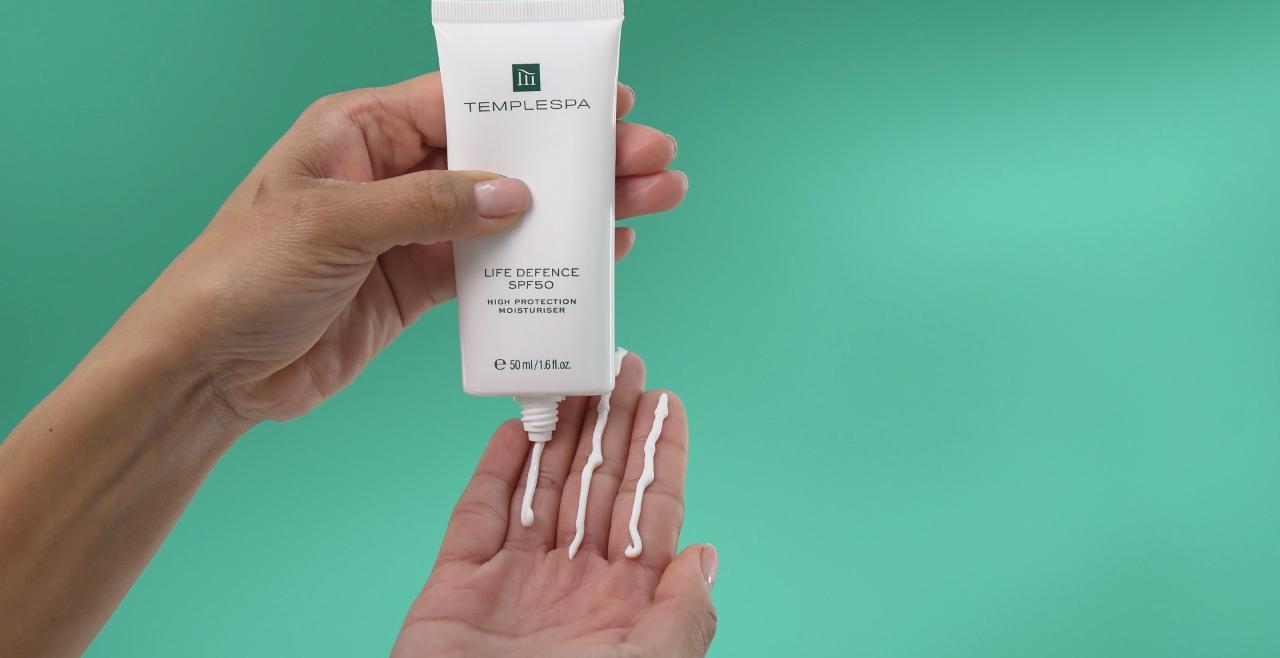

What’s the best face SPF for me?
At TEMPLESPA we pride ourselves on our science-led skincare, bathed in Mediterranean sunshine, and our SPF fuses the best of both these worlds for an excellent product experience for you.
Our LIFE DEFENCE High Protection Moisturiser comes in both SPF50 and SPF30 with UVA/UVB broad-spectrum protection and a complex of hydrating and antioxidant ingredients. You’ll find ingredients like sodium hyaluronate for hydration, rocket extract to counter the effects of free radicals, ginseng root extract to protect against blue light exposure and digital pollution and vitamin E to replace lost moisture in the skin.
Combined, these ingredients create a barrier against the sun and skin-damaging radicals, city pollution, air con, high energy blue light from digital devices and daily skin stress. You’ll always apply your SPF as the final part of your morning skincare routine and ensure you’re applying enough to cover your face and neck for maximum protection. Or alternatively, LIFE DEFENCE is a great primer base prior to the application of your makeup!
Another area regularly exposed to the sun is our lips, and an SPF lip balm requires multiple applications throughout the day and not just the one. Like our LIFE DEFENCE, LIP DEFENCE SPF30 Protecting Lip Balm contains UVA/UVB broad-spectrum protection and added vitamins and nourishing ingredients like sodium hyaluronate.
Thinning of the lips caused by a drop in collagen can be one of the early symptoms of ageing, so protecting the lips with an SPF protects them from the harmful effect of sun damage and can help delay the onset of thinning lips. Keep topped up with regular applications, especially when you’re out and about in the sunshine, or whenever your lips need a bit of attention.
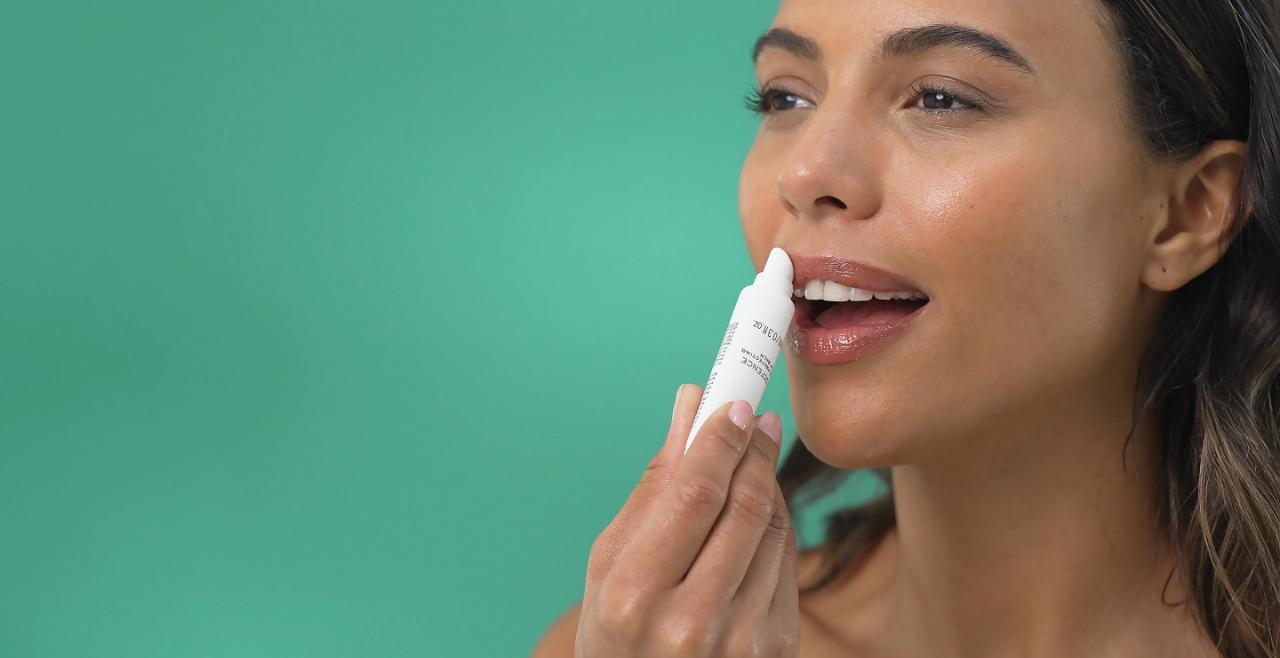

Using Sun Cream Effectively
Proper application of sun cream is essential for maximum protection. Here are some key tips:
- How often to reapply sun cream: Reapply every two hours, or more frequently if swimming, sweating, or towel-drying. Even water-resistant sun cream needs regular reapplication. Simply remember, when it comes to SPF regular, repeat application is key to maintaining protection.
- Proper application techniques: Apply generously and evenly to all exposed areas, including often-overlooked spots like ears, back of the neck, and tops of feet. Massage the cream until fully absorbed.
- Choosing the right SPF: The Sun Protection Factor (SPF) indicates protection duration against UVB rays. For everyday use, an SPF of 30 is recommended. For prolonged sun exposure or sensitive skin, opt for SPF 50 or higher.
Frequently Asked Questions About Sun Cream
Here are answers to some common questions about sun cream:
- How long does sun cream last once opened?
- Typically, sun cream remains effective for about 12 months after opening, but this can vary depending on the product and storage conditions. Always check the expiration date and replace expired sun cream.
- How long can sunscreen last in storage?
- When stored correctly, sunscreen can last up to three years from the date of manufacture. Ensure it's kept in a cool, dry place away from direct sunlight to maximise its shelf life.
- Where to find the expiry date on sun cream packaging?
- The expiry date is usually printed on the back or bottom of the packaging. Look for a small label or imprint indicating the month and year of expiration. Always check this date to ensure effective sun protection.




